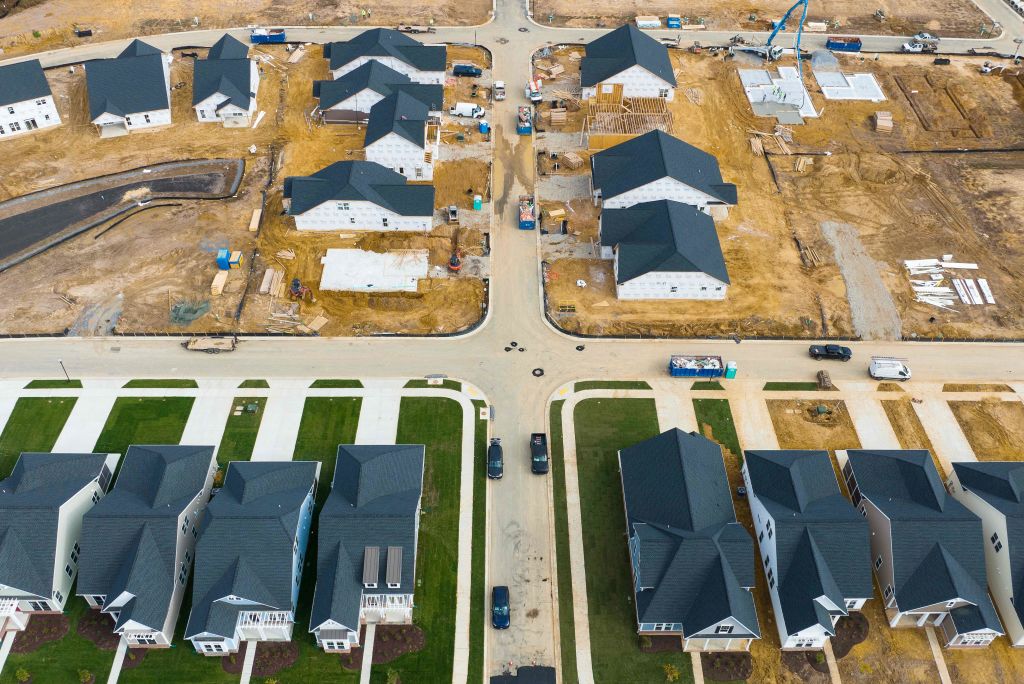No More Money Worries: The Ultimate Guide to Building Your Emergency Fund
Being poor is much more expensive than being solvent and secure.
I was nearly homeless because I had no emergency funds. The importance of having these funds cannot be underestimated. Even saving a meager $200 a month would have prevented my situation. It's a tough lesson learned, but one that cannot be ignored.
What is an Emergency Fund?
Before we dive into the nitty-gritty, let's get clear on what an emergency fund actually is. It's essentially a stash of cash set aside to cover the financial surprises life throws your way. Think unexpected medical bills, sudden car repairs, or even a job loss.
Having an emergency fund provides a sense of security and reduces stress because you know you've got a buffer between you and these unexpected costs. So, how do you go about building one? Let's break it down.

Step 1: Understand Your Expenses
The first step towards building your emergency fund might not be what you expect. It's not about saving money, but understanding where it's going. Start by tracking your expenses for a few months. You'll get a clear picture of where your money goes each month, and you might even find areas where you can cut back.
I remember when I first did this-I was shocked at how much I was spending on takeout and coffee! Chopped cheeses at New York delis add up at $10 a pop (not including drinks, chips and a slice of deli cheese cake on the weekends), By cutting back, I was able to start contributing to my emergency fund.
Step 2: Set Your Saving Goal
Next, it's time to set your savings goal. Most experts recommend aiming to save enough to cover three to six months' worth of living expenses. This might seem like a lot, but remember-it's a goal. Don't feel discouraged if you can't reach it right away.
Step 3: Start Small
Starting small is key. You don't have to fully fund your emergency savings right away. Even if you can only save a little each month, it's better than nothing. Over time, these small amounts will add up.
Step 4: Make Saving Automatic
One of the best ways to build your emergency fund is by making your savings automatic. Set up a monthly transfer from your checking account to your savings account. You'll be surprised at how quickly your savings can grow without you even noticing.
Step 5: Keep It Accessible
Remember, your emergency fund is for emergencies. You need to keep this money somewhere you can easily access it in case of a financial crisis. A high-yield savings account is a great option-it provides accessibility while also allowing your money to earn interest.
Step 6: Reassess Regularly
Life changes, and so should your emergency fund. Make sure to reassess your saving goals regularly. If you get a raise, consider increasing your monthly contributions. If you use some of your emergency fund, prioritize replenishing it.
Final Thought
Building an emergency fund is a fundamental step towards financial stability. While it might seem daunting, remember that every little bit helps. Start small, make saving automatic, and before you know it, you'll have a financial safety net ready for whatever life throws your way.
And hey, remember my anecdote about cutting back on takeout coffee? Well, I managed to save enough for a down payment on a house. That's the power of an emergency fund-it not only provides a safety net for emergencies but also opens up opportunities for financial growth. So, are you ready to say goodbye to money worries and hello to financial peace of mind? Happy saving!












